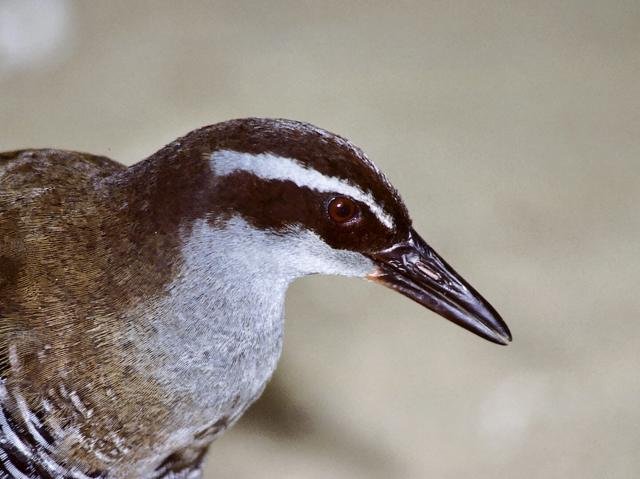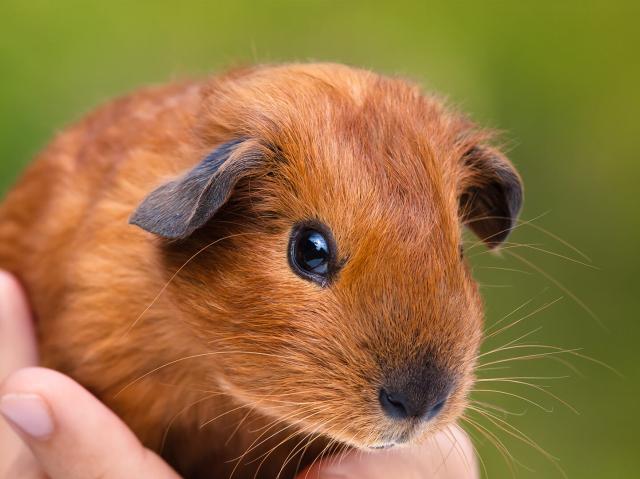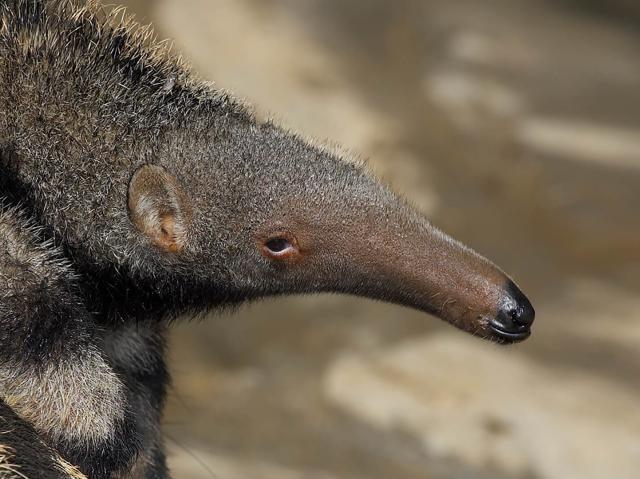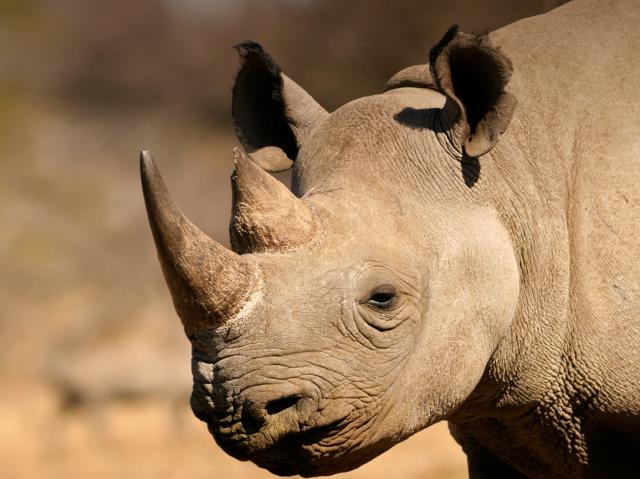
Serval

- CLASS: Mammalia (Mammals)
- ORDER: Carnivora
- FAMILY: Felidae
- GENUS: Leptailurus
- SPECIES: serval

ABOUT
Super sleek: African servals are small, slender cats with long legs, a lean body, a short tail, and a small head. Their extra-long neck and legs give them the nickname "giraffe cat." Servals have a coat that is tawny with both black lines and spots, while their belly is a soft white.
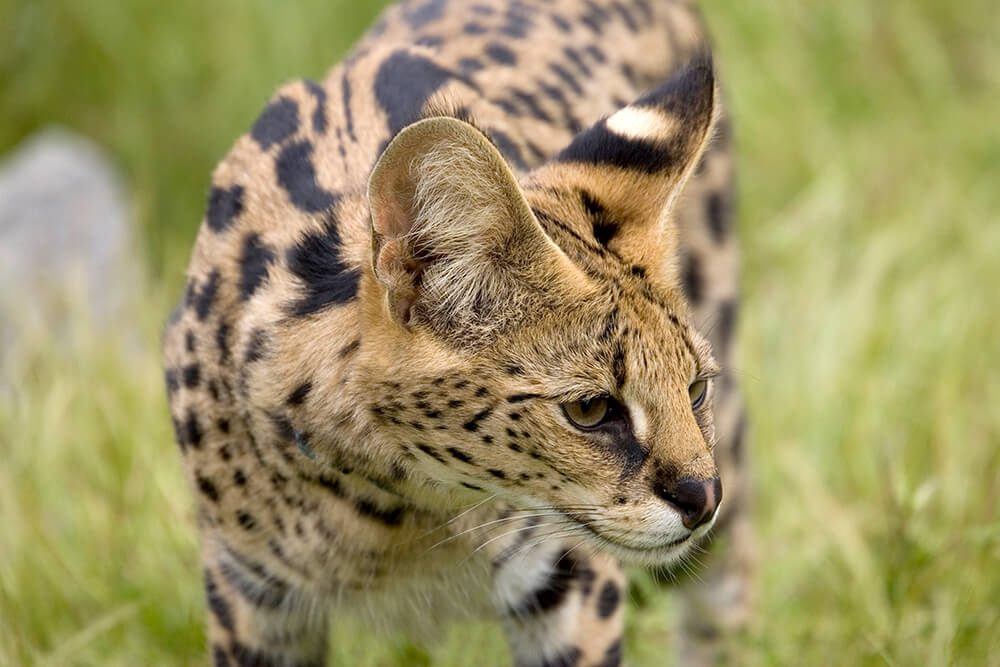
They top out at 40 pounds (18 kilograms) yet have the largest ears of any cat. Just how big are those ears? If we had ears in the same proportion to our head as servals do, they would be the size of dinner plates!
Here's how French naturalist Georges-Louis Leclerc, Comte de Buffon described the serval back in the year 1780, in his reference work Natural History, General and Particular: "…he runs through a considerable space in an instant, and may be said only to appear and disappear…. This serval resembles the cat in its figure, and the tiger (that is the panther or leopard) by the black and white spot of its hair."
HABITAT AND DIET
Grassy home: Servals live near thickly planted streams and rivers in the savannas of central and southern Africa. Unlike many other cats, these small felines love to climb, leap, and play in water. They are crepuscular to avoid the heat of the day, although they do hunt at night when needed. Servals often share their savanna habitat with caracals and may compete with them for prey. Leopards, wild dogs, and hyenas are serval predators. If needed, a serval can climb a tree to escape.
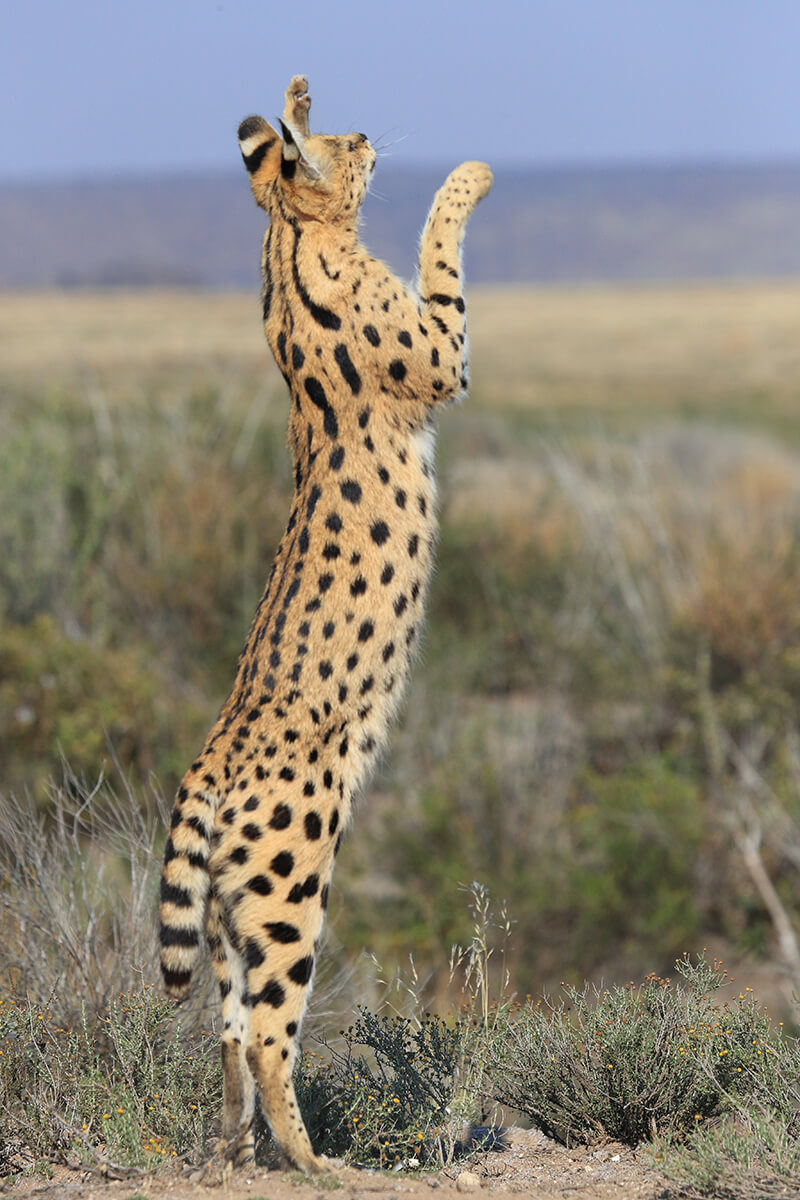
"Wait and see" is the serval's main hunting strategy. A hungry cat waits in the tall grass at dawn or dusk, using its huge ears to listen for approaching prey before pouncing on its meal. Instead of chasing down a target like a cheetah would, the serval takes a giant leap up into the air and then forces its body weight down upon the victim, trapping it beneath the front paws until the cat can deliver a deadly bite to the neck. This method is efficient and quick.
The serval has a varied diet, eating birds, reptiles, frogs, crabs, and large insects. Standing on its hind legs, a serval can jump more than 9 feet (2.7 meters) straight up to grab a bird right out of the air! But small rodents are its most frequent prey item, and a serval doesn’t hesitate to reach a long leg down into a rodent's burrow to snatch a meal out of the tunnel! Ultrasonic hearing ability allows the serval to hear the high-pitched communication of rodents. The cat’s long, curved claws can also hook fish and frogs right out of the water.
With its many hunting styles, varied diet, and fantastic hearing, the serval is well equipped to be the most successful predator of all the cats.
At the San Diego Zoo and San Diego Zoo Safari Park, servals are fed a ground-meat diet made for zoo carnivores, with a few small items for variety throughout the week (a mouse here and there, a couple of fish, a bone twice a week to keep the teeth clean).
FAMILY LIFE
Servals do not have a specific breeding season, and even though each male's home range may overlap those of several females, they live separately most of the year. Males may sometimes rest together during the day in small groups, but otherwise they are solitary.
Adults scent mark trees and bushes with a spray of urine to mark their territory. A female serval ready to breed alerts any male in the area with very short and sharp calls or long yowls. Other serval vocalizations include shrill cries and mews, but the serval can growl, hiss, and purr, too.
The female serval raises her kittens alone, usually three kittens to a litter. They live in a den made of tall, thick grass or perhaps an abandoned burrow. The mother leaves her kittens most of the day while she hunts for food, returning to stay with them at night. At about one month of age, the mother starts to bring food back to the den for her cubs.
She accepts the presence of her female offspring longer than that of males: once the boys can hunt for themselves, usually at about six months old, they are no longer welcome at home but may be allowed to remain in the mother’s range for a while longer. Female offspring usually stay with their mother until they are about two years old. In their native habitat, female servals in overlapping ranges are often related to one another.
CONSERVATION
Serval populations have declined but are not considered endangered except for one subspecies, the North African serval Leptailurus serval constantinus. However, like all wildlife, servals can be harmed by habitat loss, global climate change, and hunting for their beautiful fur. It takes the skin of many servals to produce one coat. Fortunately, in many parts of the world the wearing of animal-skin coats for fashion is no longer popular. Sadly, servals are also hunted for sport in southern Africa.
Some people think it would be fun to own an exotic cat. This has led to a serval hybrid called the "savanna cat," a serval bred with a domestic cat. Non-domesticated wildlife, even those born in zoos, keep their instincts for hundreds, even thousands, of years, so these cats do NOT make good pets. It is against the law in some states to own savanna cats.
Servals are important to their human neighbors because they catch rodents, which carry diseases and contaminate food supplies. With fewer than 300 servals in zoos around the world and less than 150 in US zoos, getting to know this beautiful feline is a special treat for any wildlife lover!
By supporting San Diego Zoo Wildlife Alliance, you are our ally in saving and protecting wildlife worldwide.
Sounds
LIFE SPAN
Up to 19 years
YOUNG
Gestation: 70 to 79 days
Number of young at birth: 1 to 5, usually 3
Weight at birth: 8 to 9 ounces (227 to 255 grams)
Age of maturity: 18 to 24 months
SIZE
Length: 23 to 36 inches (59 to 92 centimeters), with males larger than females
Height: 17 to 24 inches (45 to 60 centimeters) tall at the shoulder
Weight: 15 to 40 pounds (7 to 18 kilograms)
FUN FACTS
The name “serval” is believed to come from the Portuguese word lobo-cerval, meaning “lynx.”
The serval has the longest legs and largest ears for its body size of any cat.
Serval births often occur about a month before the peak in the local rodent population.
Servals with black coats are sometimes found in mountainous regions of East Africa.



